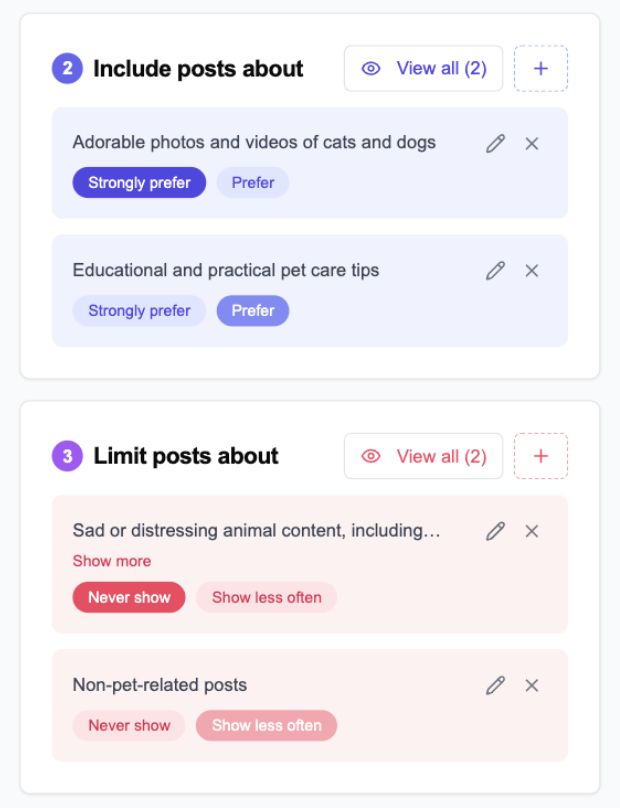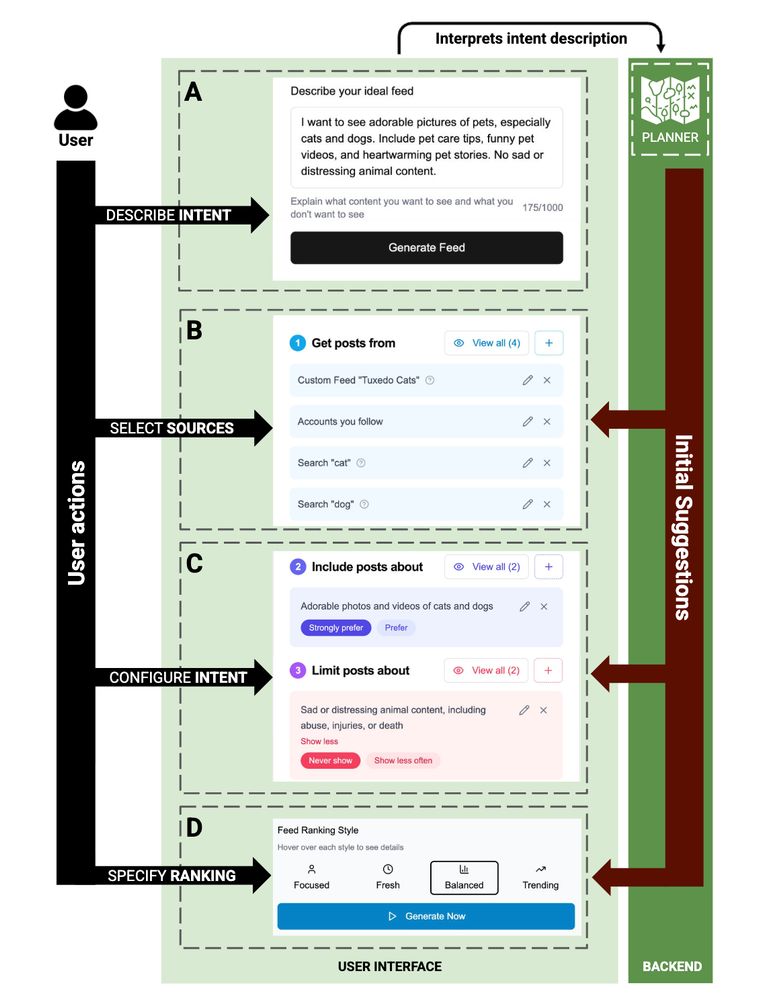Manoel Horta Ribeiro
@manoelhortaribeiro.bsky.social
1.2K followers
380 following
160 posts
Assistant Professor @ Princeton
Previously: EPFL 🇨🇭, UFMG 🇧🇷
Interests: Computational Social Science, Platforms, GenAI, Moderation
Posts
Media
Videos
Starter Packs
Pinned
Reposted by Manoel Horta Ribeiro













